We independently research and recommend the best products here. This article contains affiliate links. If you make a purchase after clicking on a link, we may earn a little commission at no extra cost to you.
Indeed, there’s no universal saw, in particular, that is useful for performing every job of its kind. As technology begins to take center stage, like many other tools, we begin to see improved versions of saws, most notably, power saws. With time, more artisans begin to enjoy the use of power saws.
Power saws are portable mechanical machines used for either industrial or DIY projects. It is made up of sturdy blades, chains, wire, set of teeth, etc.
Many craftsmen like power saws because it is easier and speed up jobs. There’re different types of power saws, with each having its unique feature.
At times, it can be quite tricky to figure out all and each of their uses. However, all types of power saws generally fall under three varieties: those with rotating blades, reciprocating blades, and circulating blades.
Below are the different kinds of power saws;
Table of Contents
Different Types of Power Saws
Most of the saws we have today are powered by electricity and make works easier and faster. With these, the craftsmen can only concentrate on directing it to make the right cuts, and at the same time, save his energy which he could have dispensed with other non-power saws.
Here is a list of the power saws you’ll want to add to your collection:
Read Also: 13 Different Types of Hand Saws
1. Table Saw
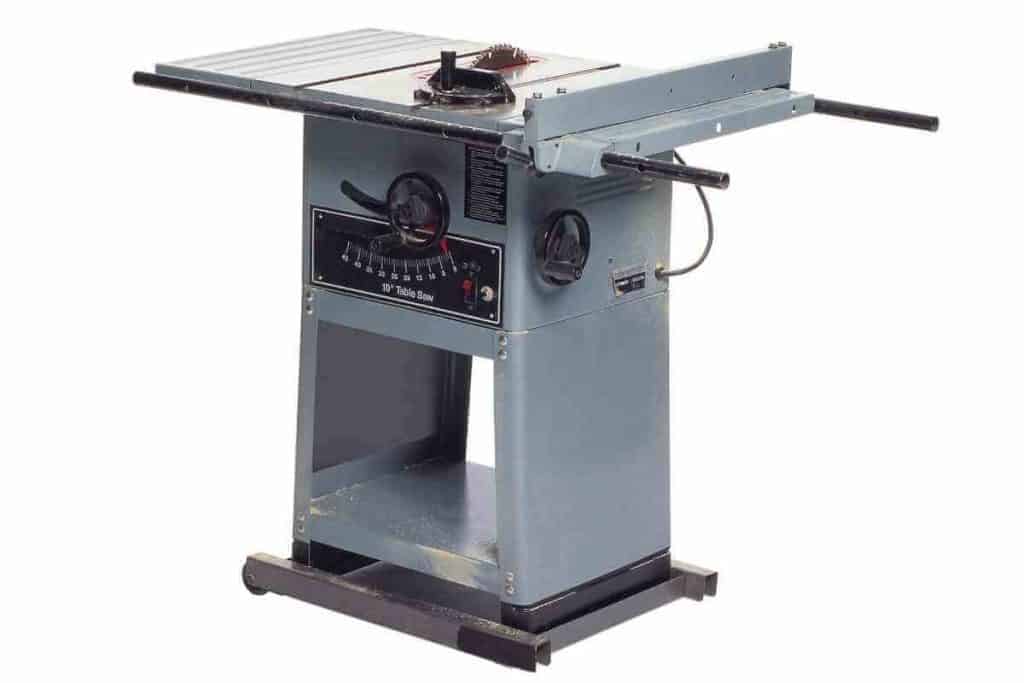
Popularly called Bench Saw, the table saw is one of the most common types of power saws and requires huge working environs.
It falls under those made with a circular blade and is commonly preferred for making unerring cuts. Its saw blade is positioned on an arbor. Table saw functions on an electric motor.
You can move the angle of the blade up and down to adjust the depth, while you can control the angle of the cut if you adjust the angle of the blade.
Table saws have different kinds, namely, compact, hybrid, cabinet, bench-top, job-site, and sliding saws. Table saws can split woods, sheet plastic, aluminum, etc. it has safety features like dust extractor, magnetic feather board, kickback, etc.
2. Reciprocating Saw
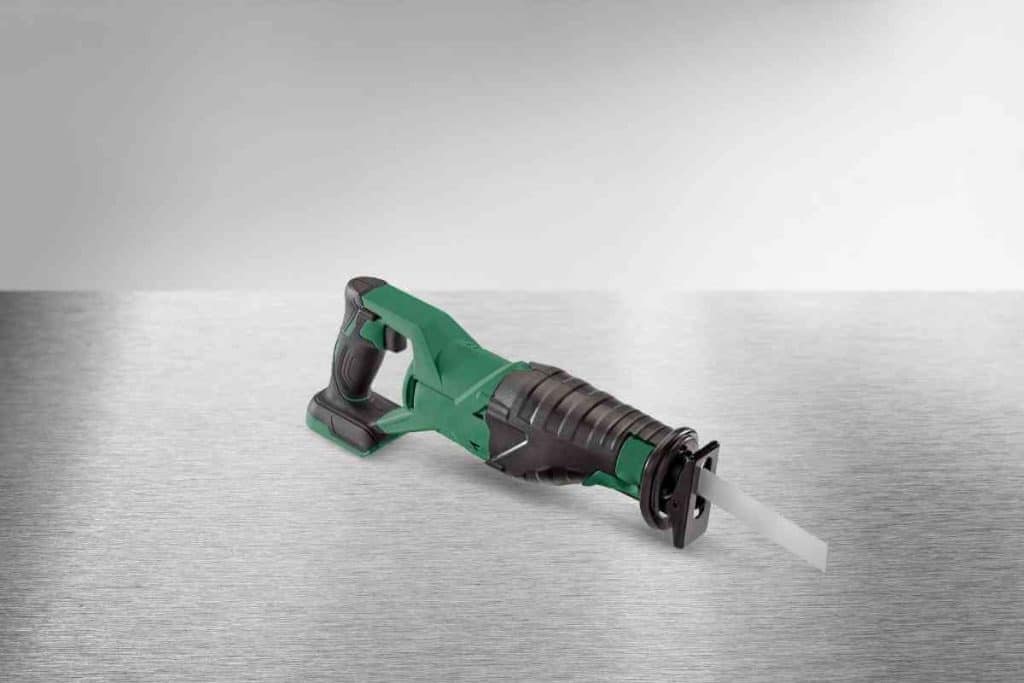
Reciprocating saw performs an entirely different function compared to many other saw types because, unlike the many others, you’ve to push the blade forward and pull it back and repeat the exercise at a quick speed.
The steady pushing and pulling create a sawing motion that splits the wood.
Reciprocating saw is a handheld power saw that has a cord and cordless version. This type of power saw can be used for cutting trees, splitting woods and tiles.
They are most notable for destroying and repackaging jobs since they can easily and speedily split through woods and stronger materials.
Popularly called Sawzall, the Reciprocating saw can replace drywall, fix doors and windows, split PVC pipes, split through woods with nails, and even get rid of floor tiles, amongst others. For diverse functions, you only need to replace the blade.
Read Also: Best Pruning Blades For Reciprocating Saw
3. Jig Saw
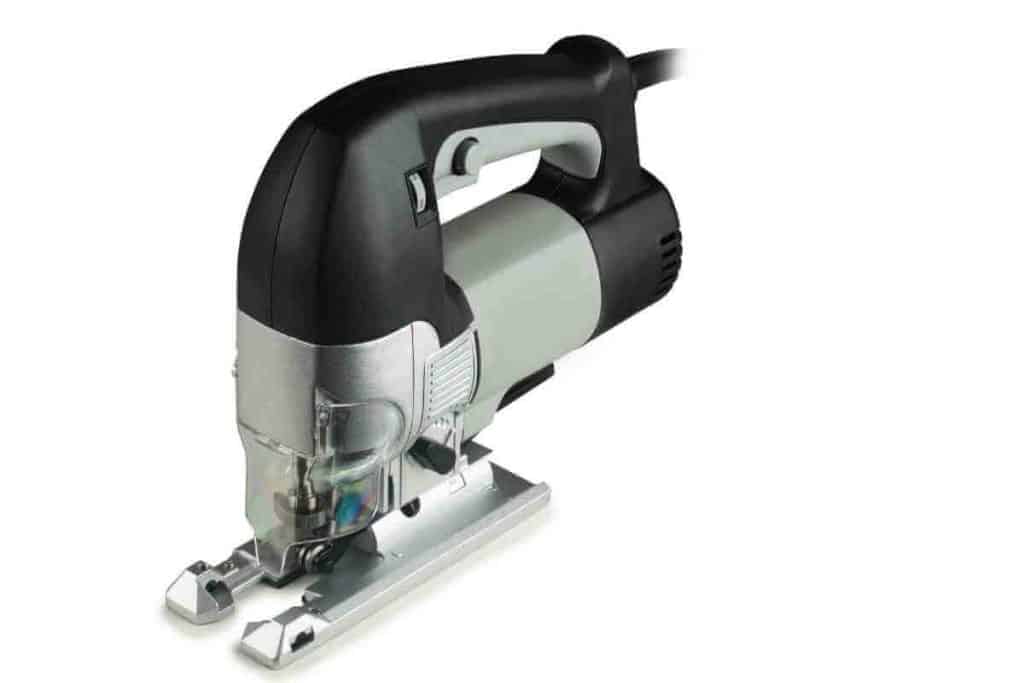
Most times jigsaw can be confused with being a reciprocating saw, significantly owing to its electric motor and similar reciprocating saw blade.
However, they are both different because while the blade on a jigsaw faces downwards, that of the reciprocating saw juts out from the nose of the saw.
Again, jigsaws are produced to particularly create curve, straight, non-straight, plunge, and bevel cuts. It (Jigsaw) features a sole plate notable for cutting the angles up to 45 degrees to make milter joints.
It can cut different materials into several distinct shapes. Like the reciprocating saw, it has a cord and cordless type.
4. Chainsaw

The chainsaw is a type of power saw that is most common with felled trees. It is called a chainsaw because of the presence of a rotating chain that has sharp teeth. Not only can you use it to cut trees, but also to trim and shape hedges.
Several artisans use chainsaws to carve wood. Apart from power chain saws, there’re others like gas-powered chainsaws.
The gas-powered variety of chainsaws is significantly a better power option than its electric counterpart and is capable of powering longer bars that can split bigger trees.
To match the power and mobility of a gas-powered chainsaw, you can go for a cordless electric chainsaw. However, electric chainsaws are less noisy than gas-powered ones.
See Also: How to Cut Tree Logs With Chainsaw
5. Chop Saw
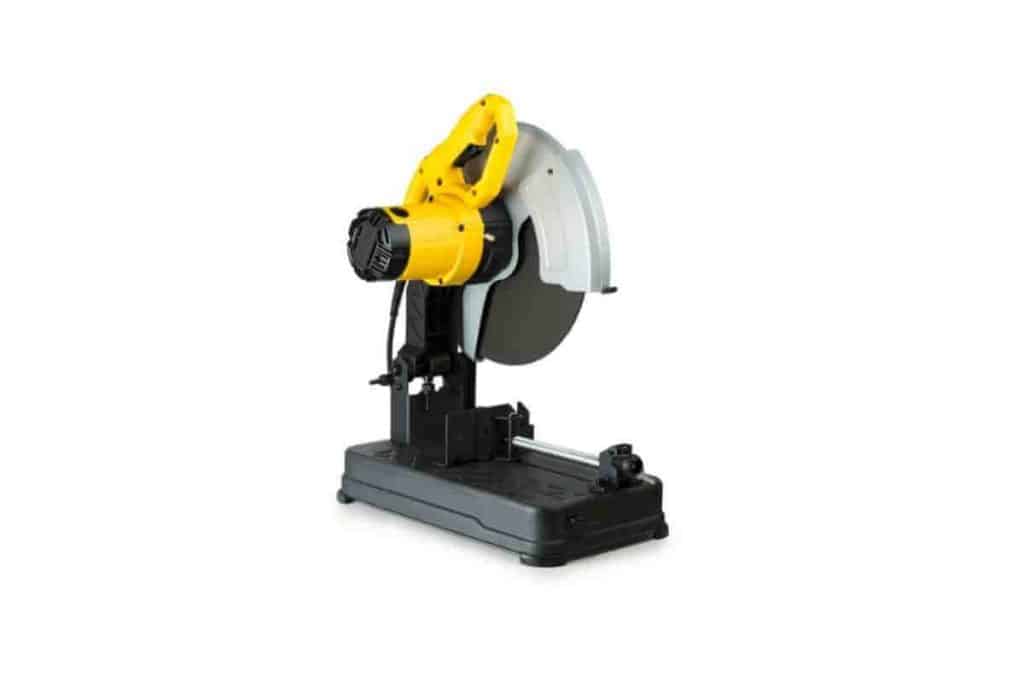
Popularly known as the Cut-Off Saw, the chop saw is a portable saw that features a circular blade, which drops down and is used to split straight rather than curved lines.
A chop saw blade doesn’t have teeth yet, can cut through many different materials with the help of their abrasives, which is why it is also called an Abrasive Saw.
It can be used for metal works since it is a concrete saw and is big and strong enough to cut through any material. It is often similar to a miter saw, even though a miter saw is better for detail work. However, the chop saw is better equipped for heavy-duty applications.
6. Circular Saw
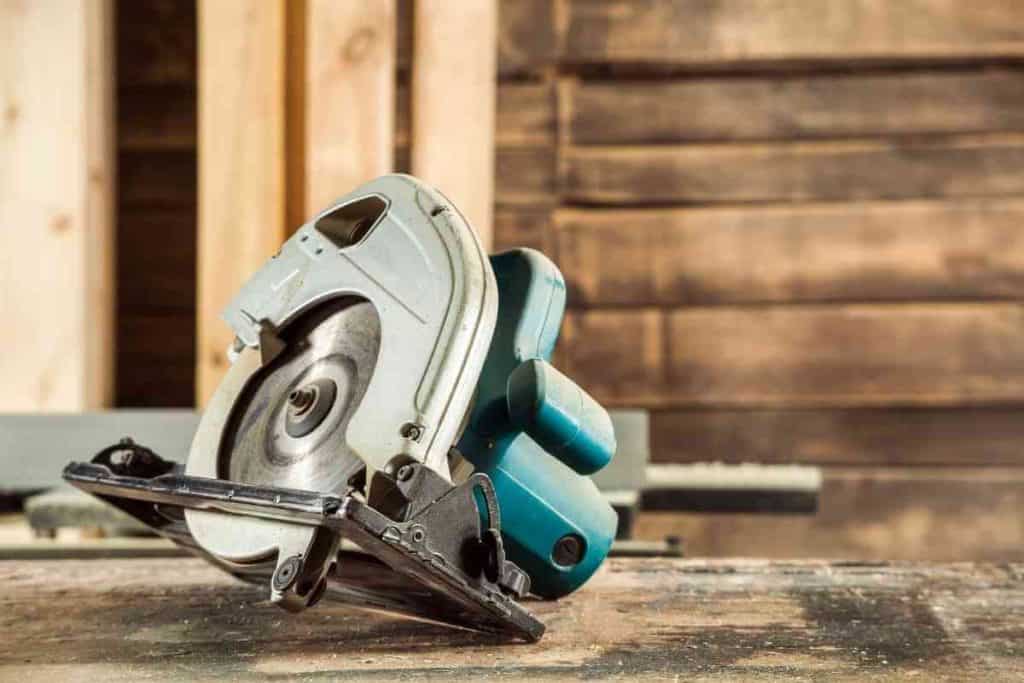
The circular saw is one of the most types of power saw and is very portable. Like the table saw, it is a very notable tool in both the professional and DIY industries.
It is most significantly used for the cutting of woods and other flexible materials, which is why it is widely seen as a portable table saw.
However, it can also be used to split tough materials such as metal, as it features a circular saw blade. Meanwhile, it has a contrasting working principle with that of a table saw because you cut by pushing the rotating blade across the workpiece.
In this case, the work needs to be immovable while the saw blade is moving to cut.
7. Miter Saw

Miter saw is widely considered the most common type of saw, among all saws, with the exemption of the circular saw.
It can be compared to the circular saw in several ways. It is the best saw for cutting wood or metal sheets and pipes or any other work that needs angle cuts or exact measurements.
It has a saw blade that can be rotated at every angle in both directions. Even though the miter saw is a portable device, there’s no way you can hold it in your hands during usage. So, it would be best if you kept it on a stable, level surface.
See Also: Different Between Bow Saw and Hand Saw
8. Band Saws
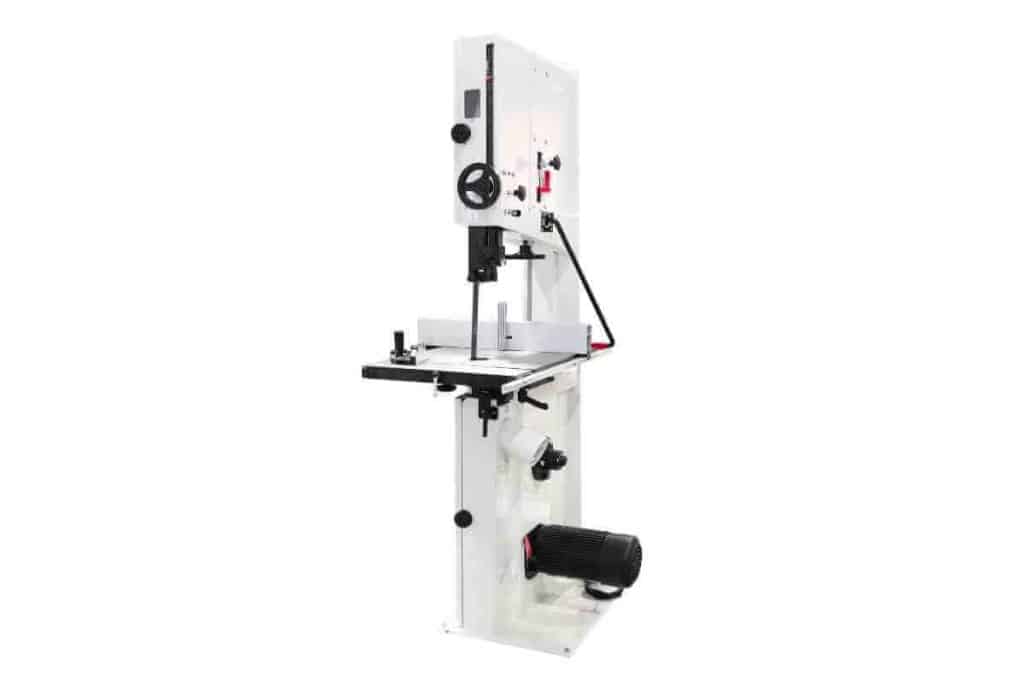
It is called a band saw because it is used by moving a continuous band of metal through two wheels to produce cutting power.
Just like the jigsaw, the band saw is a type of power saw that is made for cutting tubes, piping, and curved materials, but the band saw adds more power during cutting than the former does.
There’re two kinds of band saw, namely, vertical and horizontal. Then, there’s also a stationary kind of band saw that is very bulky but equally portable and smaller.
Here, the band saw blade that is fixed in the middle of two revolving wheels is a continuous band of metal that features teeth in one part.
9. Scroll Saw
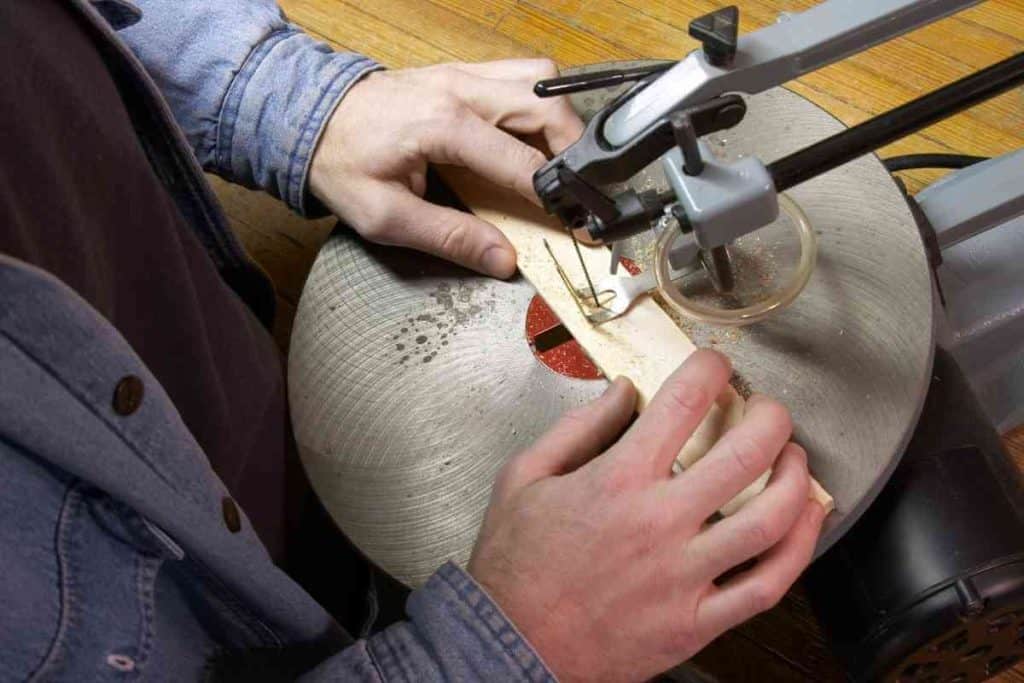
Contrary to all other aforementioned types of saws, the scroll saw incorporates a reciprocating saw in its system. It is a very specialized type of power saw, as they are made for highly accurate cutting.
As the band saw, a scroll saw works by using two wheels to manipulate a continuous metal band.
A scroll saw is used for cutting decorative and spiral lines. It can be used for cutting stylish patterns. It can be operated by stepping on the foot pedal, which triggers the reciprocating blade (moving upward and downward) to cut out the patterns.
This type of saw is most commonly found with carpenters who make wooden toys, wood art, etc.
10. Panel Saw
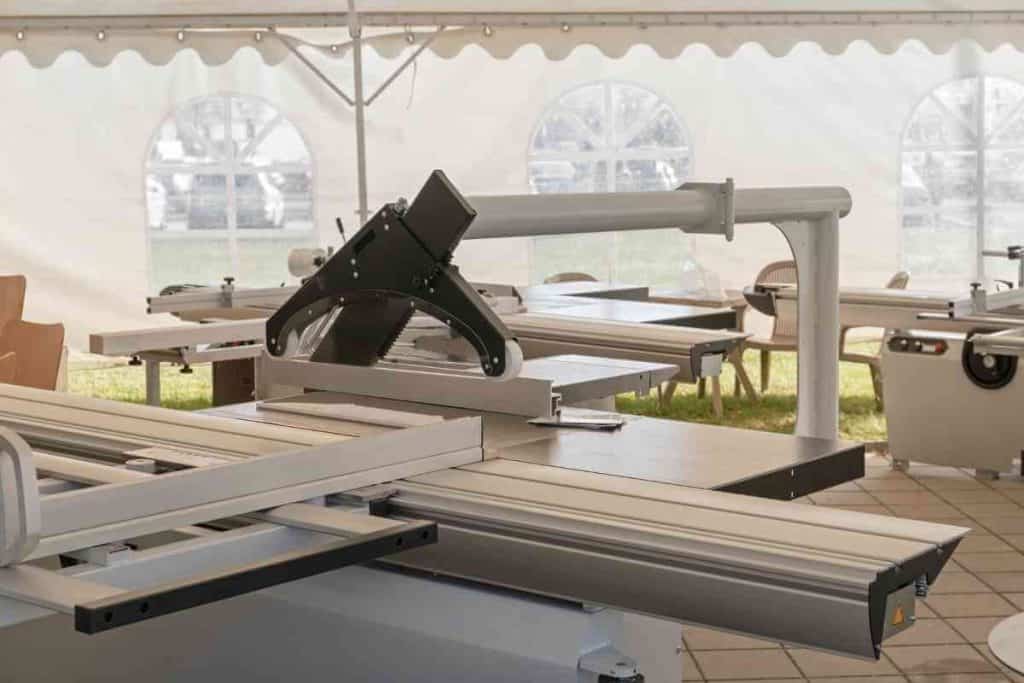
This type of saw is notably larger than table saws and most significantly used for cutting larger panels into smaller units.
The panel saw is designed to piece large wooden boards or other wooden objects into little fragments. You can use them for cutting of woods, plywood, oriented strand board, MDF, laminated sheets, acrylics, etc.
It is used by moving the blade across the table following a track to make it a clean cut. It is used in the same way as the track saw, although for different functions or purposes.
A panel saw is largely seen in cabinet-making shops, as it is used to cut big volumes of large panels into smaller fragments.
See Also: Pole Saw Vs Hedge Trimmer [Uses & Benefits]
11. Tile Saw
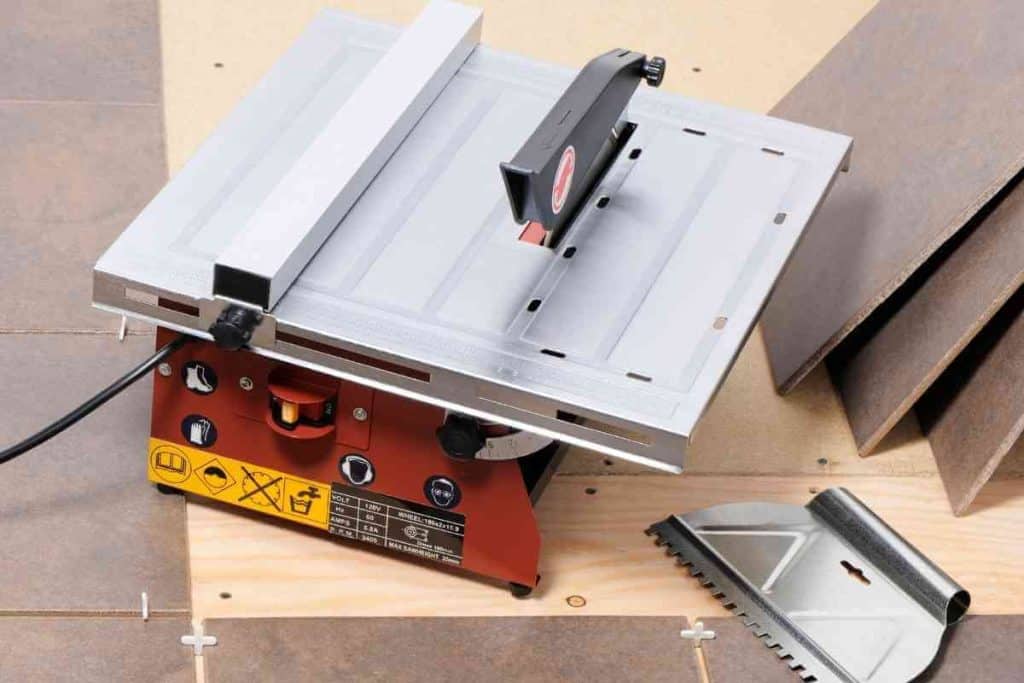
Most popularly called Masonry Saw, the tile saw is for cutting through different types of tiles, including ceramic, glass, granite, marbles, stones, porcelain, and clay tiles in needed size and shape.
It is produced to use the device with water to cool its diamond blade. The tile saw features a fence that can be adjusted to make angled or square cuts.
Most times, the fence ceases for multiple cuts of similar size. We have two tile saws; namely, wet tile saw and dry cutting saw.
Each is used depending on the type of cut the user wants. The wet tile saw is most common, as it has no occurrence of blade & workpiece over-heating, hence, produces a cleaner cut.
12. Pole Saw

Pole saw is a type of power saw that can be used to trim or cut high tree branches. Contrary to other common saws and similar to chainsaws, the pole saw is joined to telescoping pole handles.
It can even be transformed into a chainsaw for standard cutting if you remove the shaft and telescoping handles.
Such is the similarity that both share that most times you can confuse them to be the same kind of saw. There are various kinds of pole saw, but the most notable of them all include electric, gas, cordless, and manual pole saws.
13. Track Saw
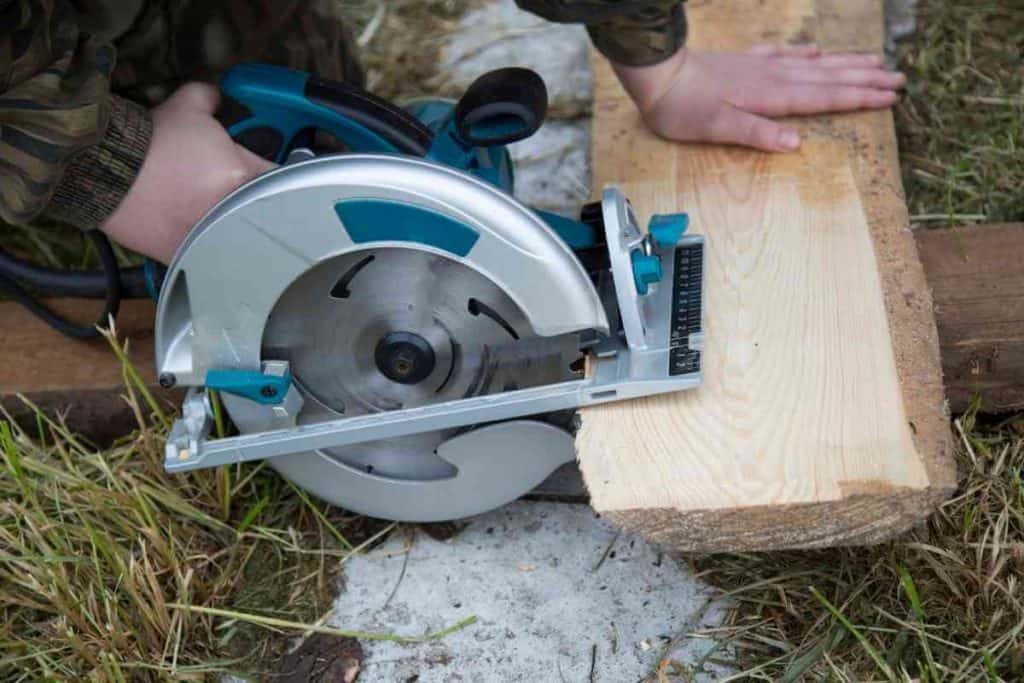
The track saw is like the circular saw but features an additional metal track, which is used to ensure the accuracy and stability of the saw. It is used by joining the metal track onto the sheet or workpiece.
After that, you thrust the circular saw blade into the work and move forward with a degree of force for an effective cut.
This process of cutting is why it is also called plunge-cut saws. Here, the riving knife at the back of the saw blade gets rid of kickback, thereby creating a smooth and effective cutting performance.




